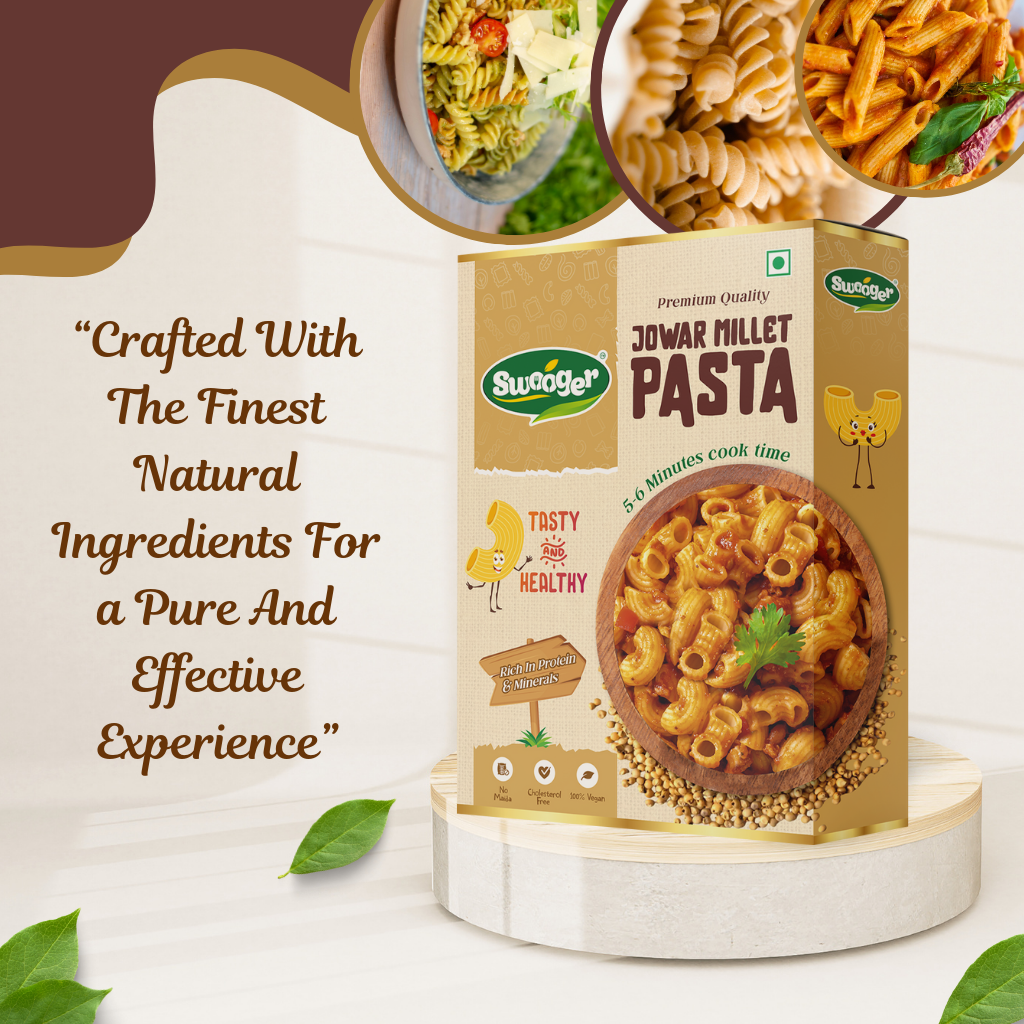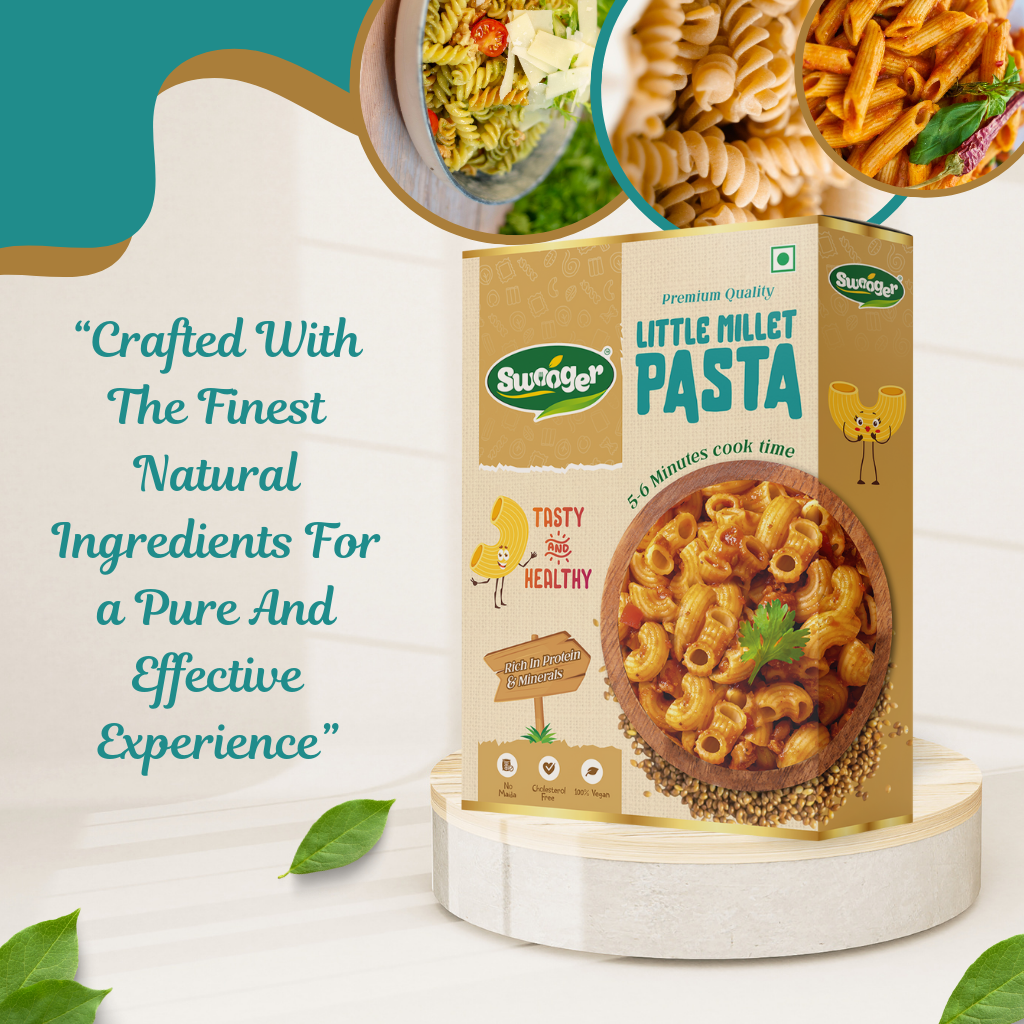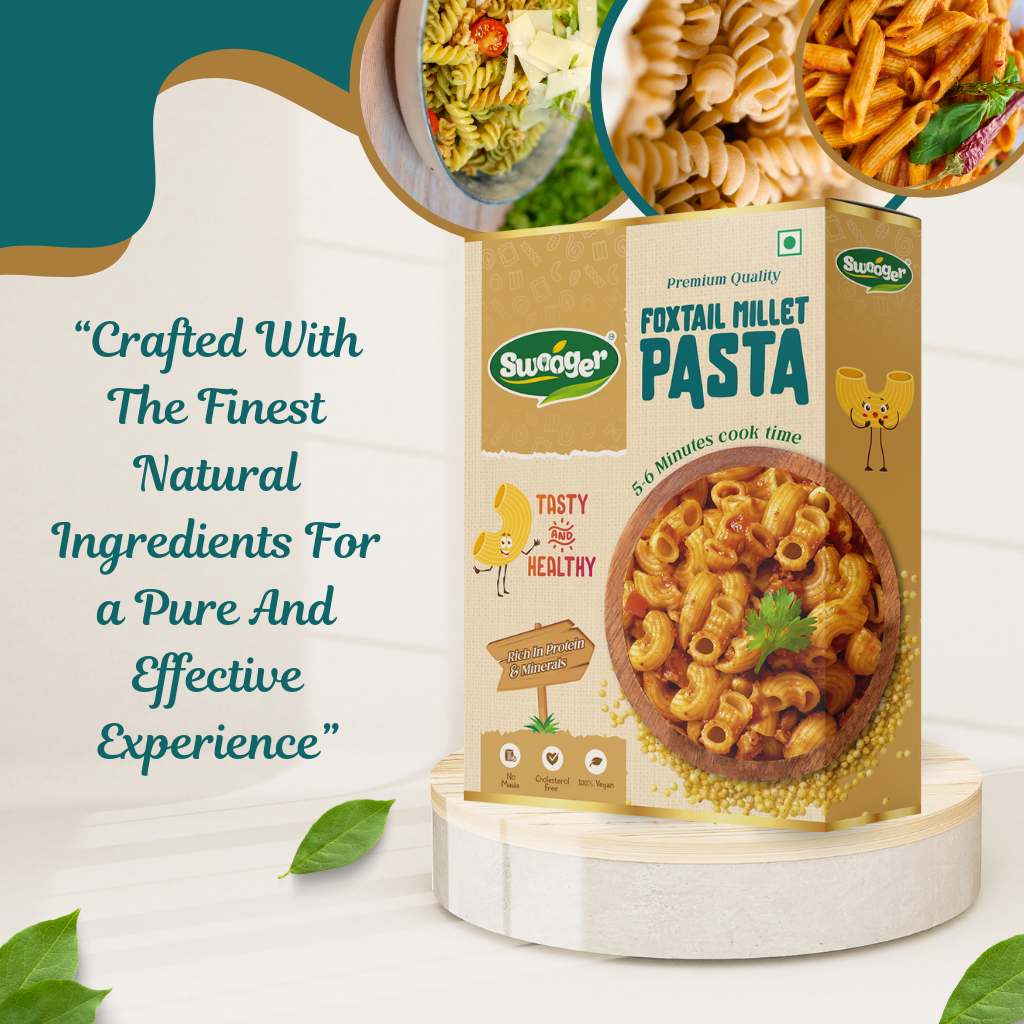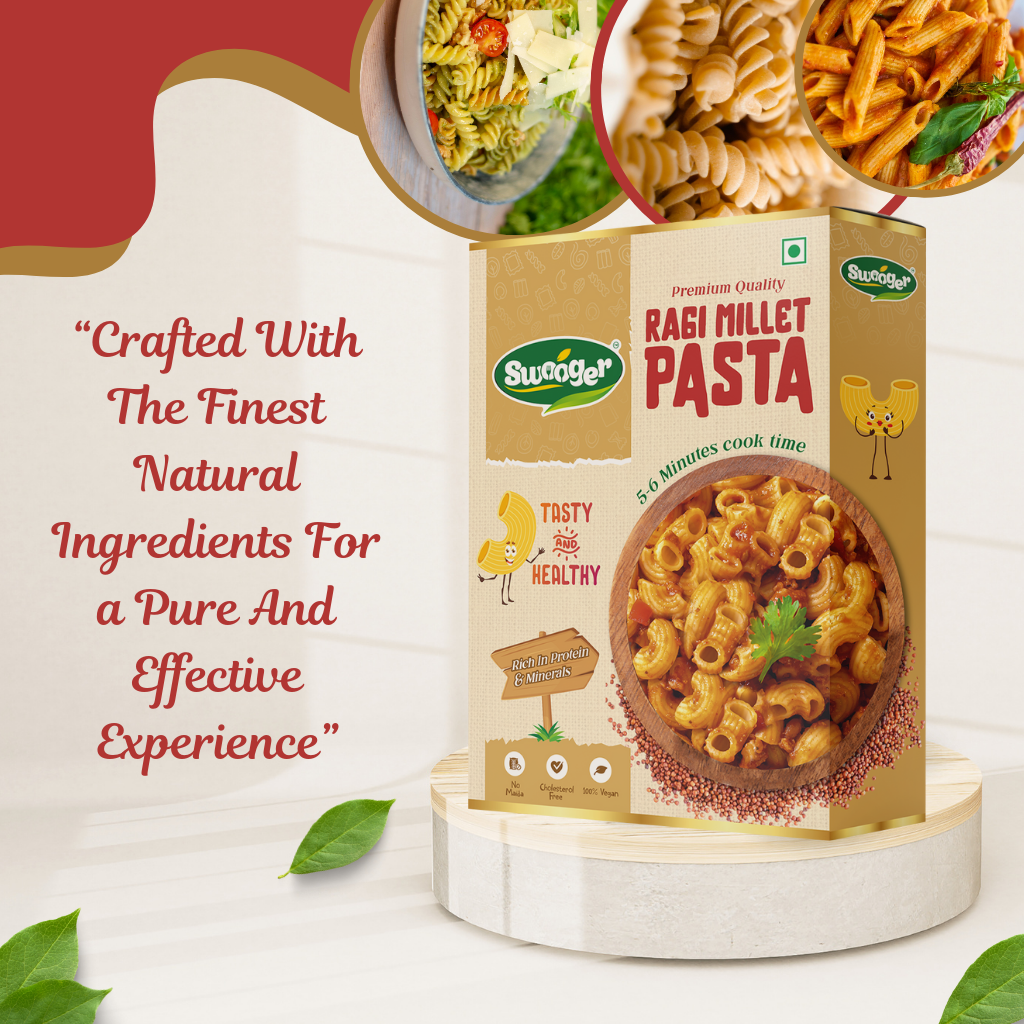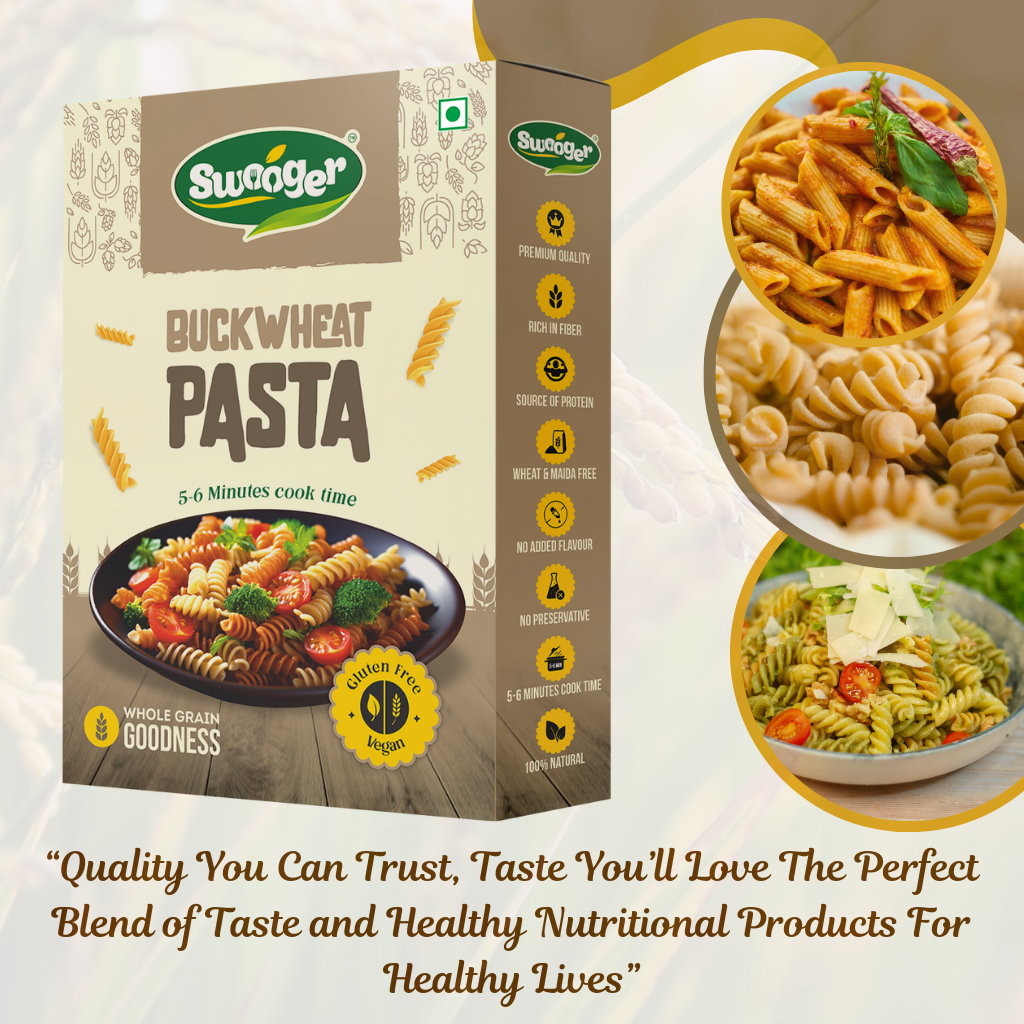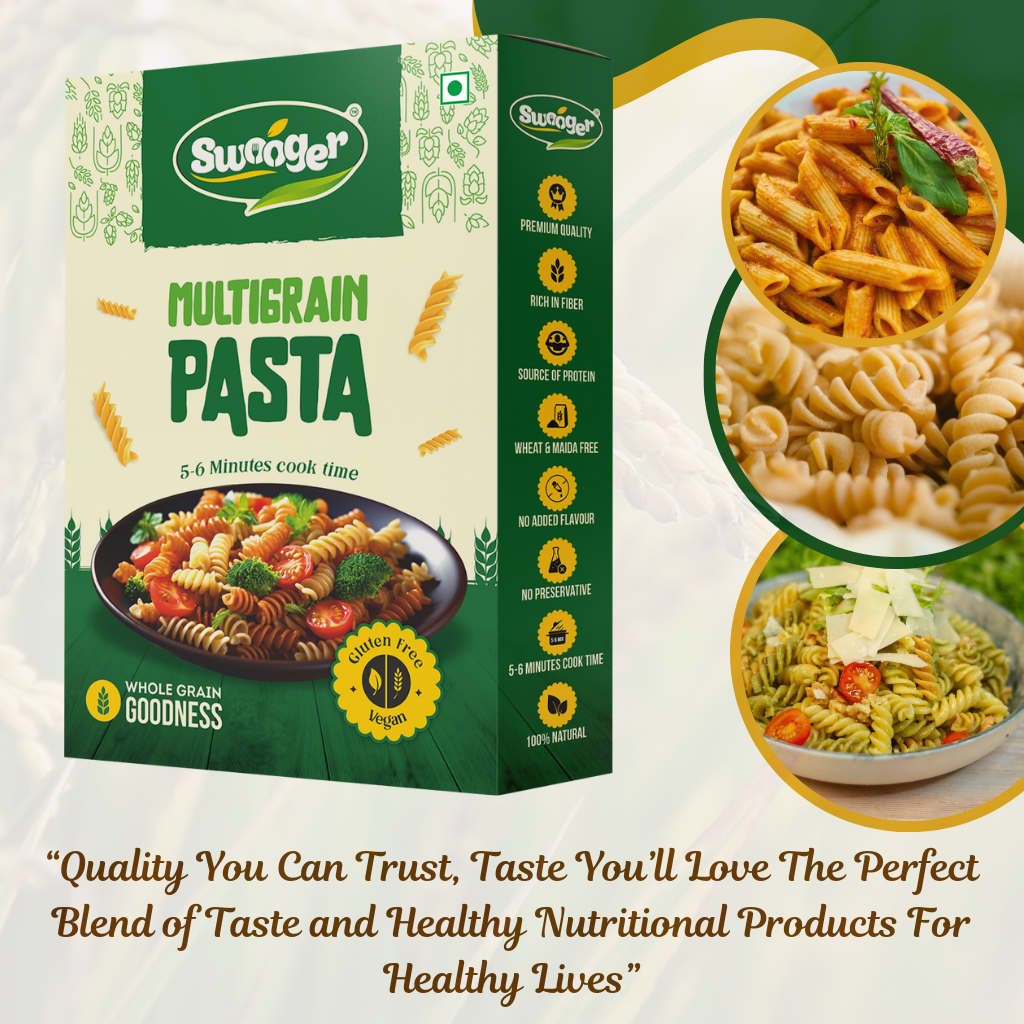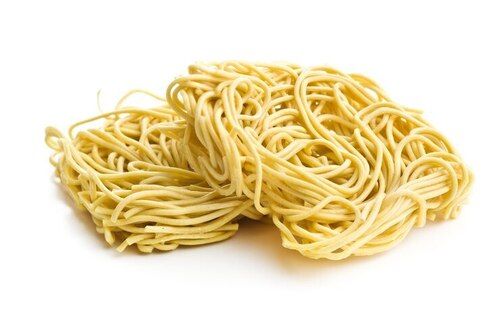
Instant Noodles By Kanan Enterprise
Price: 75 INR
Get Latest Price
Minimum Order Quantity :
300 Kilograms
In Stock
Product Specifications
| Style | Instant |
| Primary Ingredient | Durum Wheat |
| Product Type | Instant Noodles |
| Noodles Type | Ramen |
| Processing Type | Hand Made |
| Shelf Life | 1 Years |
| Feature | Gluten-Free |
| Pack Size | Multiple |
| Packaging | Vacuum Pack |
| Delivery Time | 1 Week |
| Supply Ability | 2500 Per Week |
| Main Domestic Market | Gujarat |
| Payment Terms | Cash in Advance (CID) |
| Packaging Details | Bag |
| GSTIN | 0% |
Product Overview
Key Features
Company Details
Focusing on a customer-centric approach, Kanan Enterprise has a pan-India presence and caters to a huge consumer base throughout the country. Buy Noodles in bulk from Kanan Enterprise at Trade India quality-assured products.
Business Type
Supplier, Trading Company
Employee Count
5
Establishment
2014
Working Days
Monday To Sunday
GST NO
24BZYPP7318A1Z3
Payment Mode
Cash in Advance (CID)
Explore Related Categories
More Product From This seller
Seller Details

GST - 24BZYPP7318A1Z3
Vadodara, Gujarat
Proprietor
Mr. Prashant Prajapati
Address
A 40, Taksh Complex, Vadodara, Gujarat, 390011, India
Noodles in Vadodara
Report incorrect details



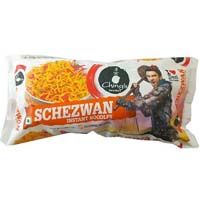

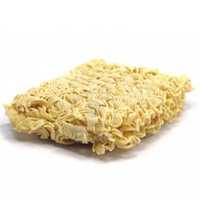
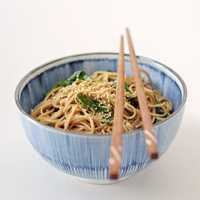

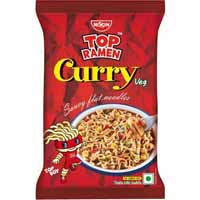
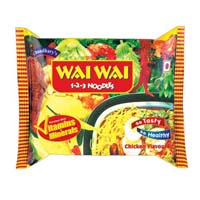
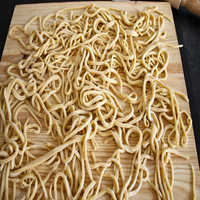

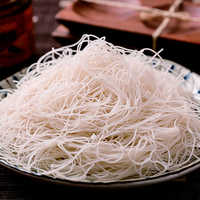
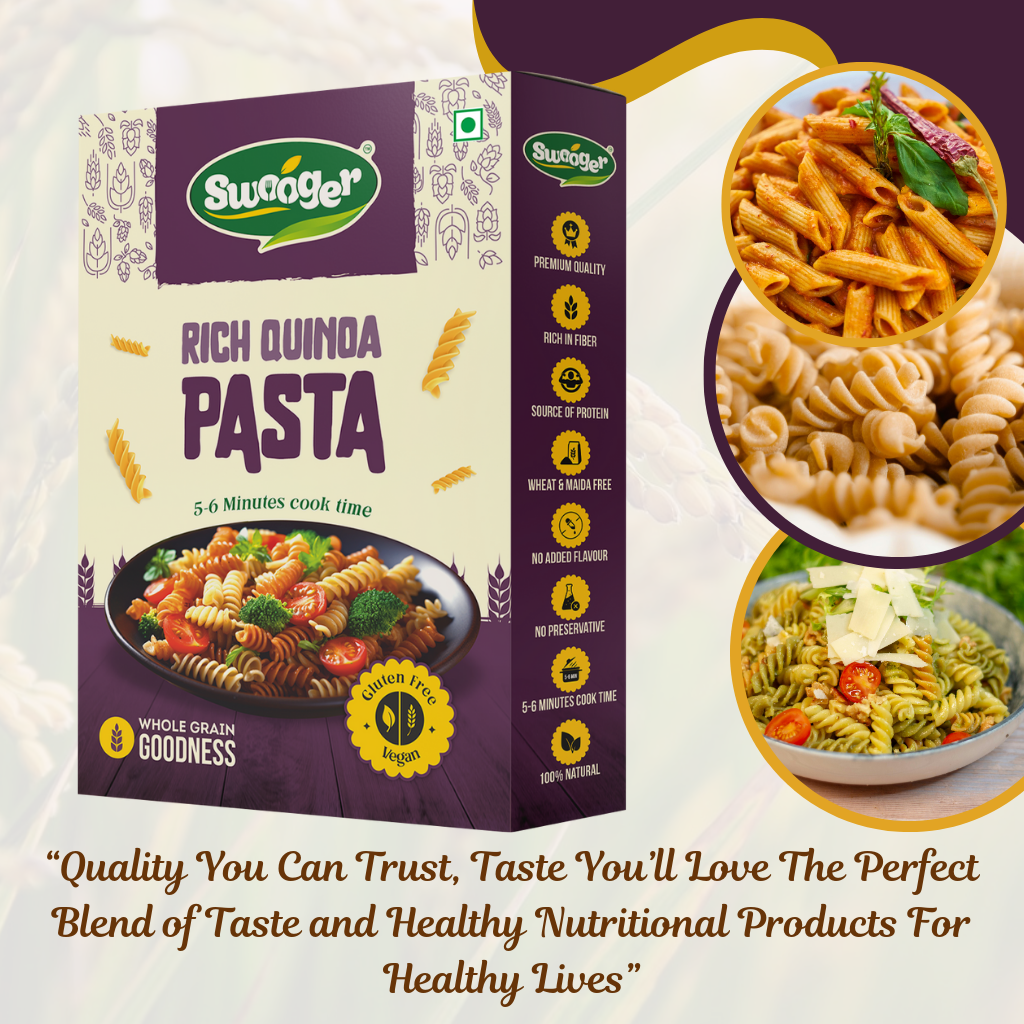
![Swooger Multi Millet Pasta - Feature: ]](https://tiimg.tistatic.com/fp/1/009/321/swooger-multi-millet-pasta-888.jpg)

